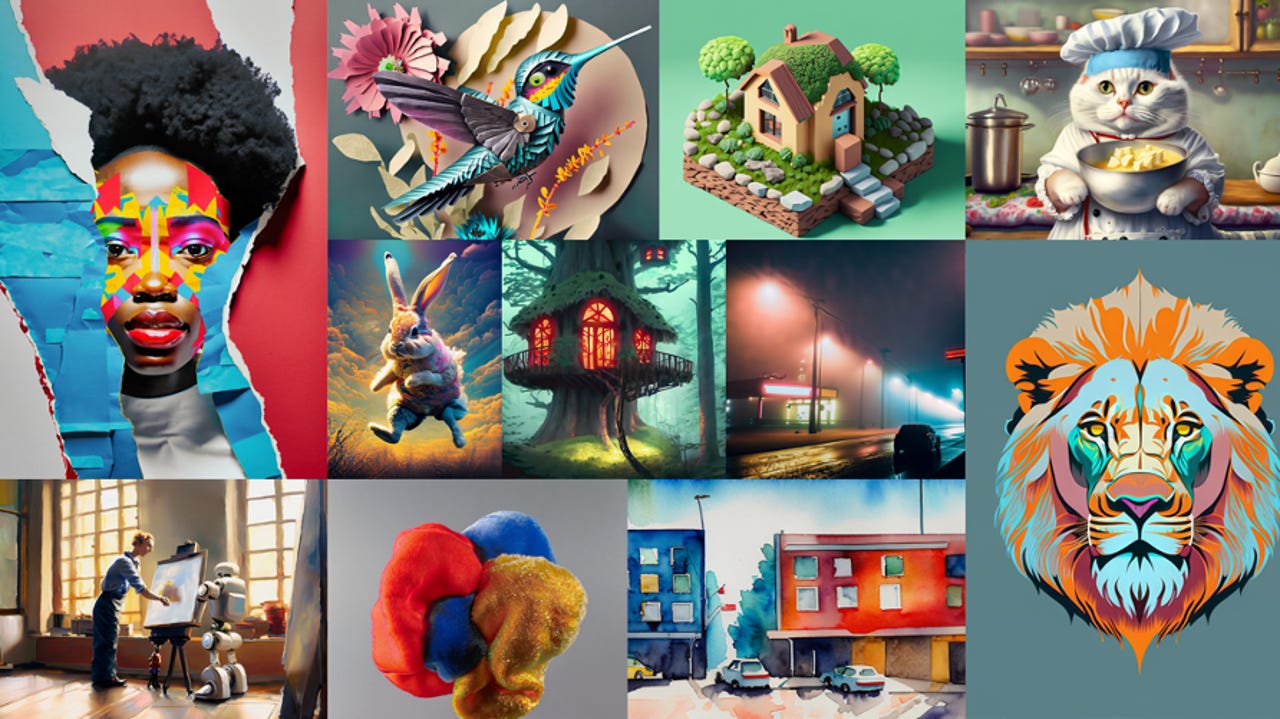Adobe Firefly, now out of beta, boasts fix for DALL-E's drawbacks


Artificial intelligence image generators first rose to fame with the release of DALL-E, and since then many competitors -- including Adobe's Firefly -- have entered the scene. Now, Adobe is launching major upgrades to Firefly's features and availability.
Adobe on Tuesday announced the commercial release of Firefly for Generative AI after a six-month beta period. With Adobe Firefly, users can use text prompts in over 100 languages to generate images, text effects, and vectors.
"With over 2 billion generations, creators amazed us with their engagement and feedback to the Firefly beta, inspiring us to deliver generative AI capabilities that are designed to be commercially safe and seamlessly integrated into the interfaces customers love," said Ely Greenfield, Adobe CTO.
Also: Even TurboTax is adding an AI tool. Here's what Intuit Assist can do for you
One of the most significant differentiating factors between Firefly and other AI image generators -- like DALL-E -- is that the Firefly model is trained on Adobe Stock Images and public domain content where the copyright has expired, which ensures that the content used to train the models is done so with the creator's permission.
Furthermore, Adobe Stock contributors will receive royalty payments for any of their content used to train the commercial Firefly AI model. Adobe described this Firefly Contributor Bonus as a way to build a fair partnership with image creators.
Content credentials will be included in all generated images to serve as a "nutrition label" with verifiable details that show an asset's name, creation date, tools used for creation, and edits made.
All of the above actions address the most significant controversies of AI image generators including the spread of misinformation through realistic-looking images and the misappropriation of other people's work to train the models.
Adobe also unveiled a new Firefly web application that allows users to test the features for themselves -- what the company describes as "a playground for exploring AI-assisted creative expression".
All users need to do to try it out for themselves is visit the web application, log in or create an Adobe account, and then tinker with as many AI models as they'd like to experience for themselves.
Also: How to create your own comic books with AI
Users can also access the Firefly-supported features across the Adobe Creative Cloud and Adove Express including Generative Fill and Generative Expand in Photoshop, Generative Recolor in Illustrator, and Text to Image and Text effects in Adobe Express, according to the press release.
Lastly, Adobe introduced Generative Credits, which give paid customers of the Firefly web application, Express Premium, and Creative Cloud an allocation of tokens for generative AI image workflows.
Once the plan-specific Generative Credits run out, subscribers have the option to continue to use the generative AI features with a slower experience or purchase additional subscription packs.